For generations, the ethnic communities of Hoa Binh province, especially the Muong ethnic group, have had their own festivals imbued with their culture. The festivals are closely linked to the specific characteristics of geography, nature and social life of the communities that have existed here for a long time. That has created a rich spiritual life and cultural identity of Hoa Binh; revealing folk beliefs and clearly demonstrating cultural exchanges between ethnic groups. Among them, many festivals have a lasting vitality over time, continuing to be passed down and promoted by today's generations... A typical example is the Khai Ha Festival (LHKH) of the Muong ethnic group.
In 2022, the Muong ethnic group festival in Hoa Binh province was recognized by the Ministry of Culture, Sports and Tourism as a National Intangible Cultural Heritage. The Muong ethnic group festival is the largest traditional folk festival of the Muong people in Hoa Binh, associated with wet rice
agriculture , bearing many imprints of the civilization of the ancient Vietnamese. Over the years, the festival has become an indispensable cultural and religious activity during Tet and Spring in the 4 Muong: Bi, Vang, Thang, Dong.
The purpose of LHKH is to pray for a good and bountiful harvest, and the practice of rituals for praying for a good harvest is also an opportunity for Muong people to rest, socialize, have fun and express their wishes for a beautiful and peaceful life. Currently, the festival is organized on a larger scale than before with rich rituals and activities, attracting a large number of people to participate...
The Muong people's talisman making festival has been maintained and widely popular among the Muong community since ancient times. This is a fun and entertaining festival that takes place at the beginning of the new year in Muong villages for people to wish each other luck and health. In addition, on other happy occasions, people also make talismans such as welcoming distinguished guests from afar, building new houses, welcoming brides, etc. In addition, the Muong people also have other festivals such as praying for rain, praying for crops, new rice, and bamboo swinging. Many festivals in some districts are associated with legends and specific places. After a period of development, they have become larger in scale in terms of organization and are widely promoted inside and outside the province. Such as Dinh Coi festival (Vu Binh commune, Lac Son district), Vai communal house festival (Ba Hang Doi town, Lac Thuy district), Trung Bao temple and shrine festival (Thanh Cao commune, Luong Son district), Dinh Xam festival (Phu Lai commune, Yen Thuy district), Tien Pagoda festival (Phu Nghia commune, Lac Thuy district)... In particular, Bo temple festival is increasingly attracting more and more tourists from near and far. Currently, Bo temple is built in 2 places: on top of Thau cave hill (Vay Nua commune, Da Bac district) and on the hill in Thung Nai commune (Cao Phong district). Legend has it that in 1431-1432, King Le Loi went to suppress the enemy in Muong Le (Son La) through the dangerous Thac Bo section and was wholeheartedly helped by the local people. Among them, there was Mrs. Dinh Thi Van (a Muong in the old Hao Trang commune) and a Dao woman in Vay Nua commune who helped the king with military provisions, boats and rafts to cross the rapids... When the two women died, King Le Loi posthumously honored their achievements and issued an edict to build a temple. Since then, people often hold annual festivals in January to commemorate the two women and the gods. Besides being one of the highlights of the Hoa Binh Lake
tour , Bo Temple is sought out by tourists because of its position in the spiritual life and aspirations of each family and tourists at the beginning of the year... In recent years, the relic and festival of Bo Temple have attracted a large number of tourists from all over the world.
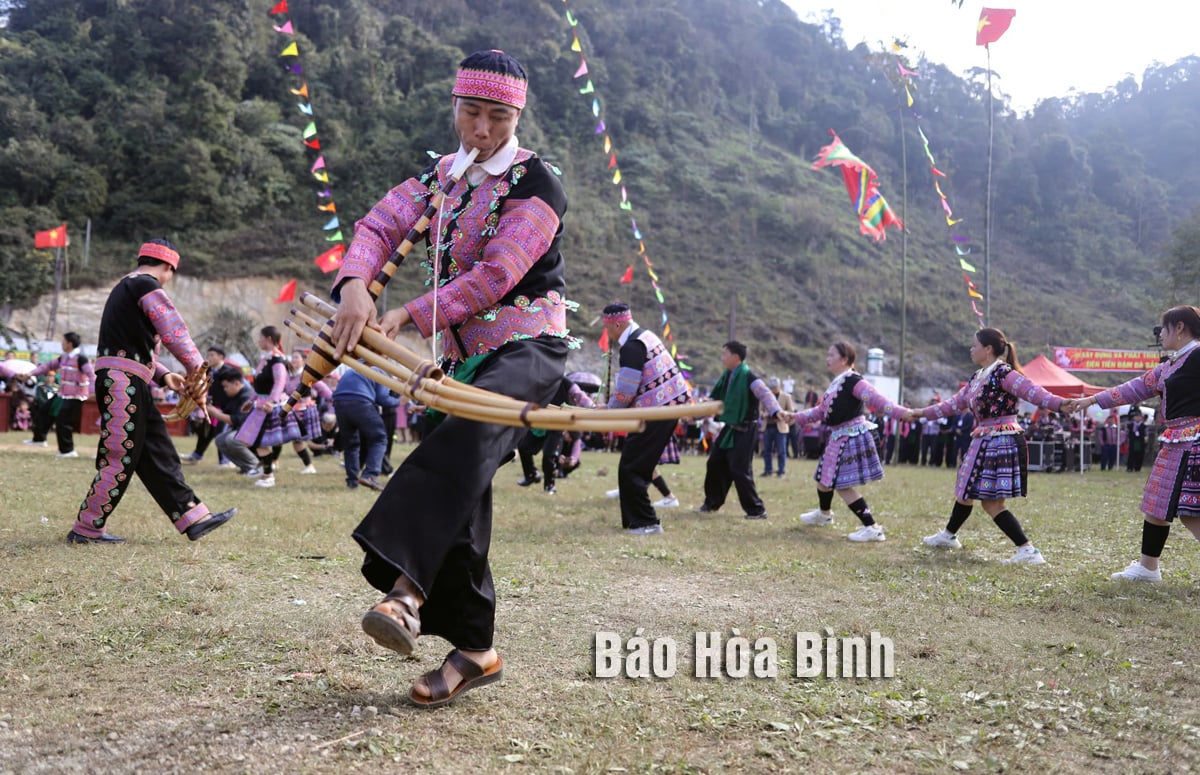
The Gau Tao Festival of the Mong people (Mai Chau district) always leaves a special impression on visitors from near and far.
In the community of ethnic groups in Hoa Binh, the Thai, Tay, Mong, and Dao also have many unique festivals, creating the cultural identity of each ethnic group and each region. The Xen Ban Festival is a popular festival of the Thai people in Mai Chau. The Xen Ban Festival is a ceremony to worship the village and the Muong, the village's tutelary god, the founders of the Thai village. The festival shows the respect and gratitude of the local people, remembering the great contributions of the ancestors to the community and praying for the village to be prosperous, have favorable weather all year round, have a good harvest, and have happy families. The festival is usually held in January when peach blossoms are still blooming on the mountain slopes. The festival includes activities such as a procession from the village headman's house to the temple for the ceremony, dancing, singing, drumming, gongs, match shooting and crossbow shooting, throwing con, cockfighting, nightingale singing, buffalo fattening, etc. Currently, the festival has many new features. After many years of decline, since 2011, Mai Chau district has restored the festival and retained almost the original cultural values, unique beliefs, and long-standing traditions of the Thai people. The Xen Muong festival is held in Chieng Chau commune quite systematically, because this place is considered the origin of the Thai people who migrated from Bac Ha around the 13th century. This is also an activity that contributes to honoring the national cultural identity, promoting and introducing the history and cultural potential of Mai Chau tourism, especially when this mountainous district has been approved for the development plan of the national tourist destination Mai Chau until 2030. The Thai people also know the Chá Chằng festival with its strong religious colors. In 2024, Mai Chau district will be even more proud when Keng Loong and Xen Muong Festival are recognized as National Intangible Cultural Heritage.
In the ethnic minority communities in Hoa Binh, many other festivals also have strong national cultural identity such as the Cap Sac ceremony of the Dao Quan Chet people (the naming ceremony for adults). The Nhay Festival of the Dao Quan Chet people is a religious activity but has a strong festival character; this is also a family activity but has the participation of the entire Dao community. Due to self-needs and the orientation towards new development, many festivals have been formed and have "current events" elements, associated with the commodity economy, promoting tourism such as the Cao Phong orange festival... Cultural festivals, if aimed at pure purposes, have social significance, creating opportunities for people to learn and connect with each other to build a stronger and more prosperous homeland, will certainly be naturally welcomed and have long-lasting vitality.
(To be continued)
VT (TH)
Source: https://baohoabinh.com.vn/16/199644/Tinh-Hoa-Binh-noi-hoi-tu-nhung-net-van-hoa,-lich-su-doc-dao,-ban-sac-Bai-7-Doc-dao-nhung-le-hoi-tren-que-huong-Hoa-Binh.htm





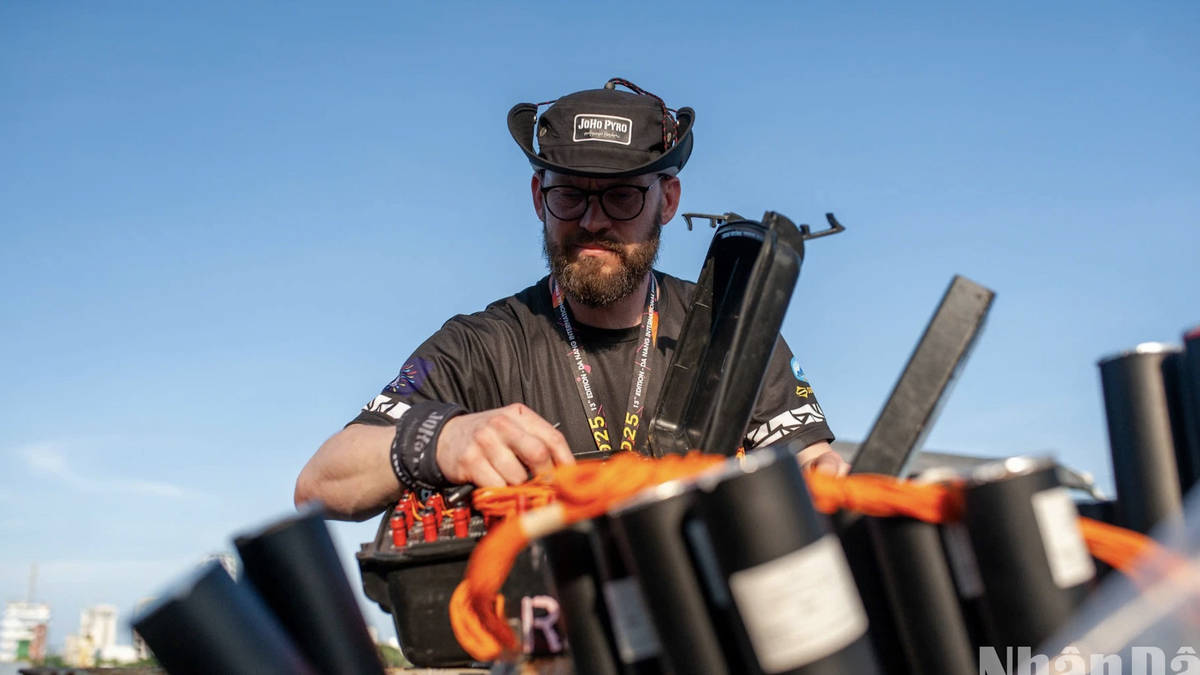
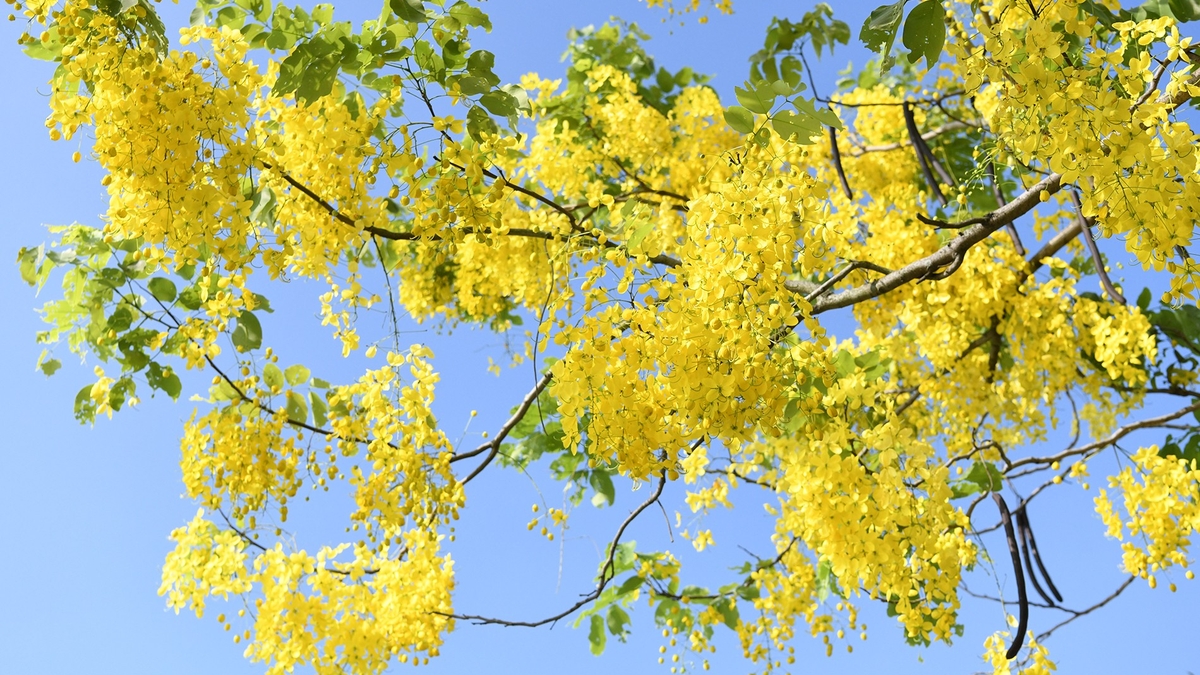
![[Photo] Vietnamese and Hungarian leaders attend the opening of the exhibition by photographer Bozoky Dezso](https://vphoto.vietnam.vn/thumb/1200x675/vietnam/resource/IMAGE/2025/5/29/94d8ceca5db14af3bf31285551ae4bb3)
![[Photo] Prime Minister Pham Minh Chinh meets with Hungarian President Sulyok Tamas](https://vphoto.vietnam.vn/thumb/1200x675/vietnam/resource/IMAGE/2025/5/29/dbcaa73e92ea4448a03fe1d0de6d68e8)
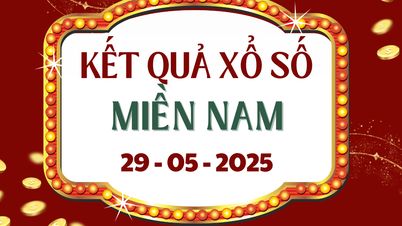

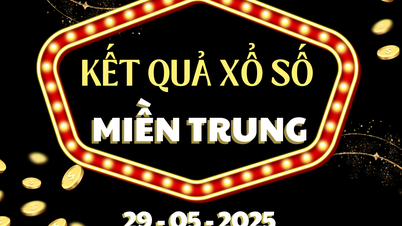
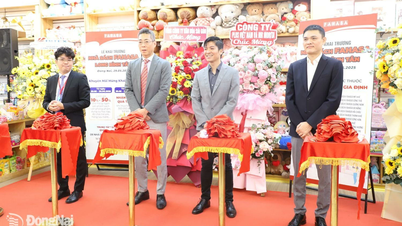

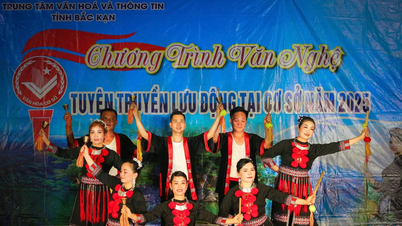

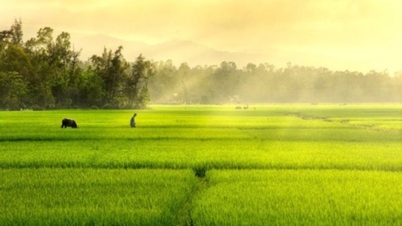







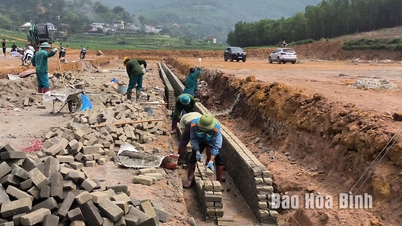
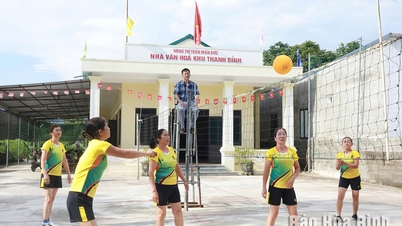
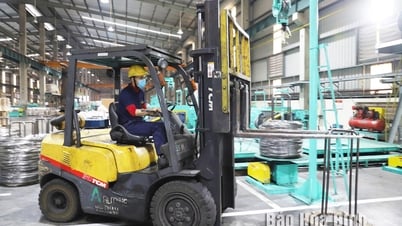
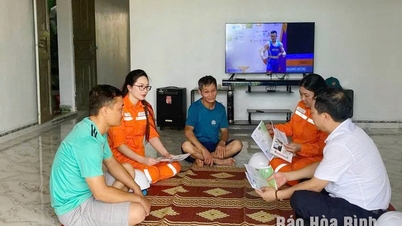
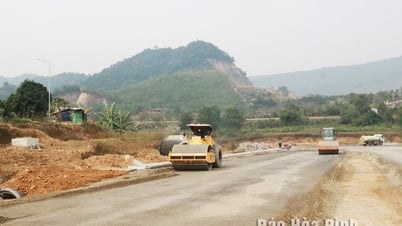
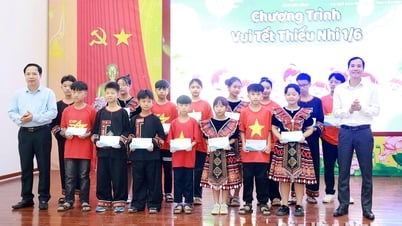
![[Photo] Prime Minister Pham Minh Chinh receives a bipartisan delegation of US House of Representatives](https://vphoto.vietnam.vn/thumb/1200x675/vietnam/resource/IMAGE/2025/5/28/468e61546b664d3f98dc75f6a3c2c880)


























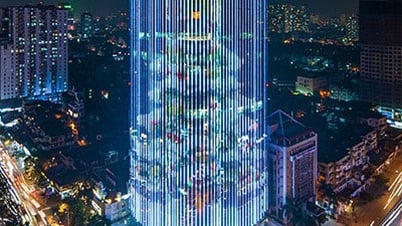
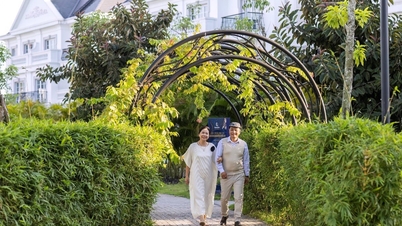

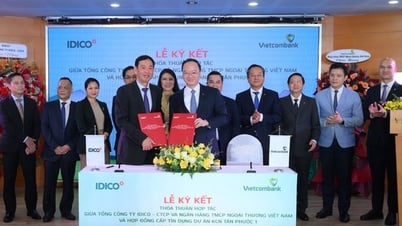

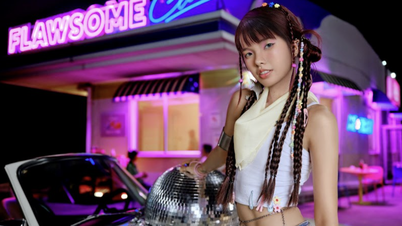
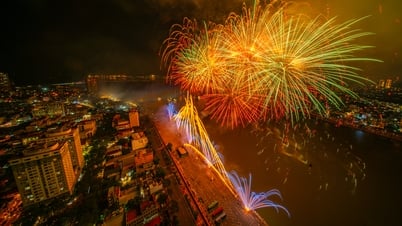


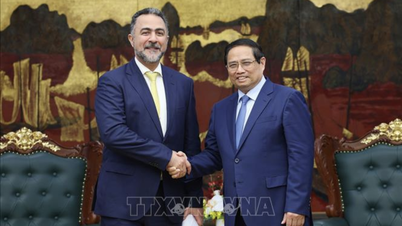

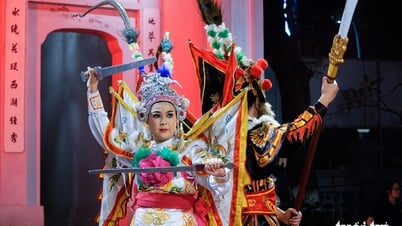
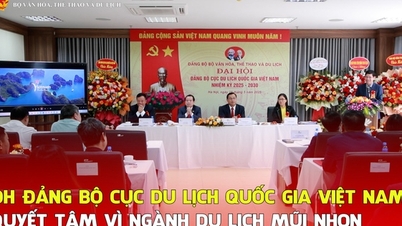
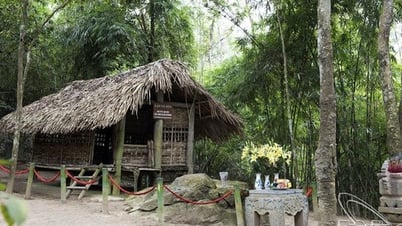
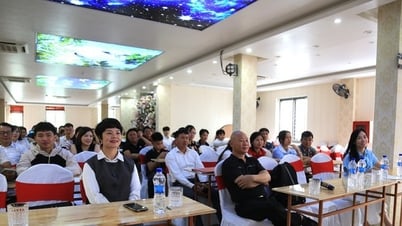
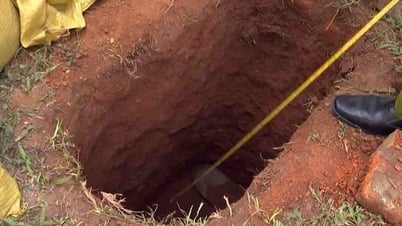
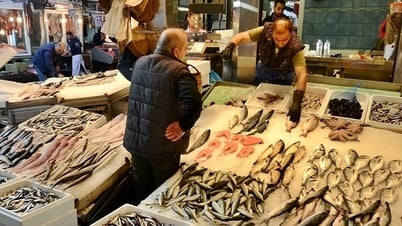



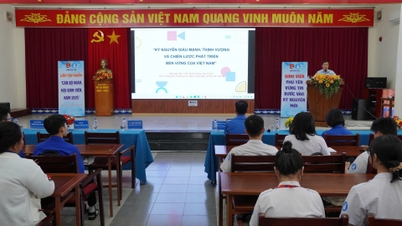


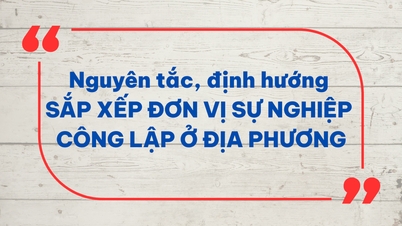
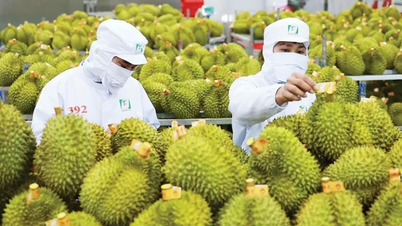

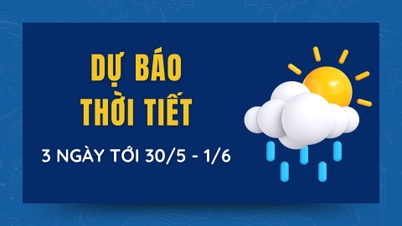








Comment (0)